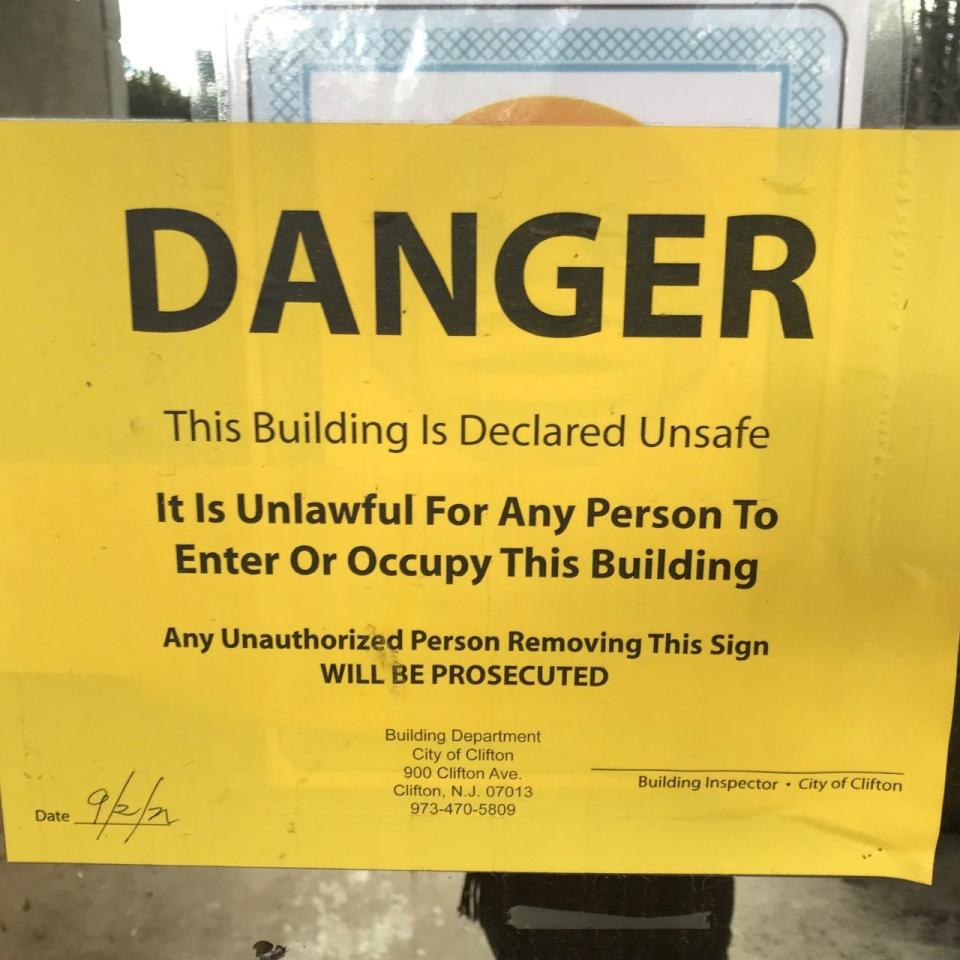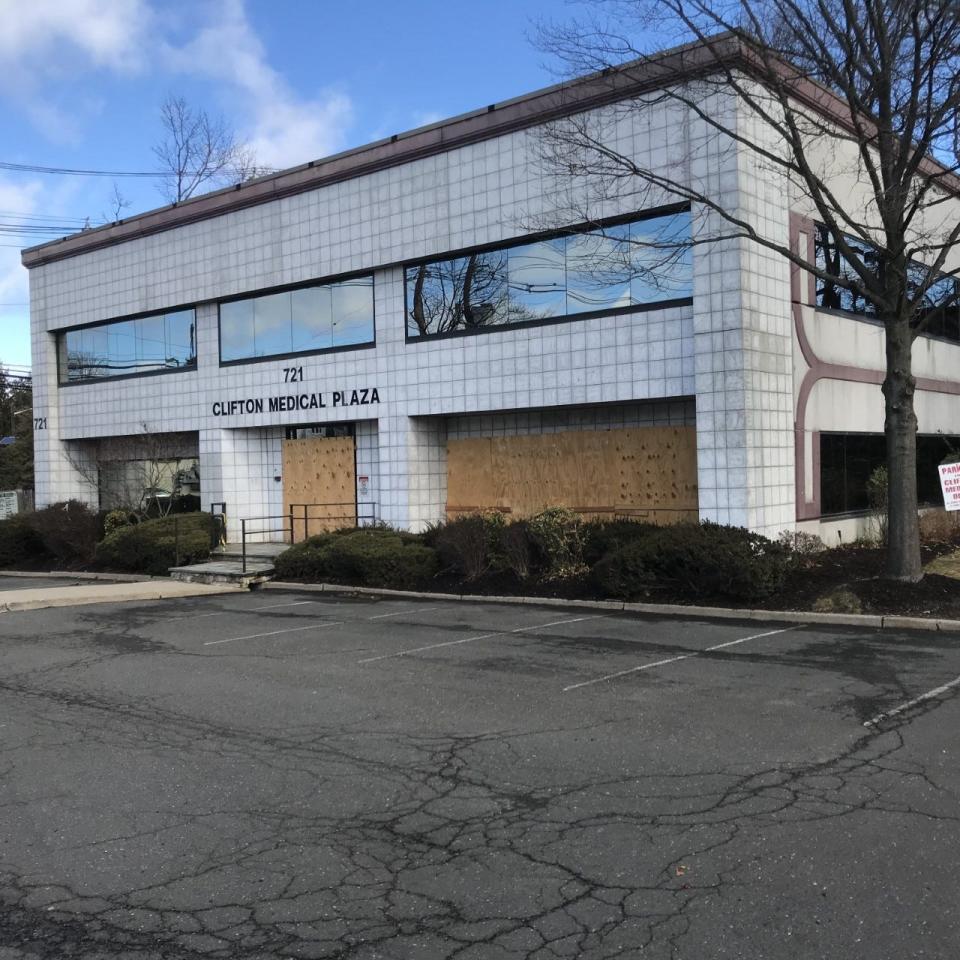Clifton has a two-part plan to alleviate flooding near Gates of Hell tunnel system
CLIFTON — After years of complaints about flooding from residents of the city's Athenia section, the city is preparing to address it.
Once considered an occasional nuisance, the flooding has become increasingly problematic in recent years in the area around the Clifton Avenue railroad underpass and the James Anzaldi Recreation Complex.
The city has proposed a two-part solution that includes the replacement of some underground pipes and a water retention center to collect some of the stormwater.
The Weasel Brook causes that area of Clifton Avenue to flood, partly due to an increase in the severity of storms. Flooding was also blamed for the collapse of a section of the massive underground pipes in 2020, which hindered their ability to move the water downstream.

"It certainly made some of the flooding worse," said City Manager Nick Villano. "It is not the sole cause."
Other factors that contribute to flooding include overdevelopment, intense storms such as Ida, whose remnants hit the area at the end of August 2021, and old pipes made of corrugated steel, Villano said.
Clifton flood remedy
The city has awarded a $1.6 million contract to a Newark-based firm to replace the partly collapsed corrugated 6-foot-7-inch by 9-foot-9-inch steel pipe that channels the Weasel Brook into a drainage system that ultimately passes under Clifton Avenue and the train trestle by Paulison Avenue and flows into Clifton's infamous Gates of Hell.
It is one of two projects in the former Athenia Steel site, now the James Anzaldi Recreational Complex, meant to significantly reduce flooding.
The pipe replacement work starts at the convergence of the Weasel and Plog brooks, said City Engineer Michael Lardner. The pipes are part of the drainage systems that wend their way through the city in earthen channels, pipes and culverts.
Work on the pipe replacement is expected to begin in the upcoming weeks and take six months to complete. Though the pipe won't be any larger, it should be more efficient in moving water through the drainage system, the engineer said.
Story continues below gallery.
It should be sufficient to handle stormwater from a 25-year storm, which is all the state requires, and that is economically feasible.
The stormwater system runs in a series of closed and open culverts for more than a mile before it hits the city of Passaic border, where another 3,000 feet of culverts exists.
The second project involves a 12-acre wooded section behind the Cambridge Apartments, which the city acquired after the owner failed to pay taxes on the lot. Villano has proposed that the city turn that section of land into a retention pond by removing trees and installing permeable materials as well as a system that slowly releases the water.
"I figured why not put it to good use," Villano said.
From the detention, it would run underground, through the Gates of Hell, which is a tunnel drainage system originally constructed to divert the Weasel Brook's runoff during heavy storms and reemerge at Weasel Brook Park. After that, it is conveyed in open and closed culvert sections through Passaic and eventually to the Passaic River.
No solution for major storms
Villano said he expects the new systems to reduce some of the larger storms' flooding, but little can be done to halt the impact when tropical storms or hurricanes blow through.
What made Ida so devastating, State Climatologist David Robinson said, is that it dumped almost 5 inches of rain in just a few hours, a kind of storm that statistically is expected to occur once every 200 years.
More: Saturation Point: Some North Jersey towns flood often. It'll only get worse without action
Streams like the Weasel Brook are fed by runoff, and when it rains as intensely as it did during Ida, water comes pouring off the hills. The pipes can't handle the massive amount of water. During Ida, the entire senior complex that runs adjacent to the Weasel Brook was flooded, displacing residents for months.
It was horrible for the residents, who lost almost everything, said senior Joan Lauterbach.
"I don't know why they let it be built here," she said. "There are times when we can't get out."

Across Clifton Avenue is a medical complex that was also severely flooded during Ida and eventually condemned. The flooding turned other Clifton streets into raging rivers, rendered Fire Station 1 unusable, and severely damaged another senior living center on Main Avenue.
This article originally appeared on NorthJersey.com: Clifton has a two-part plan to alleviate Athenia section flooding
